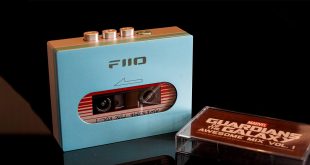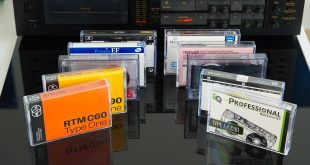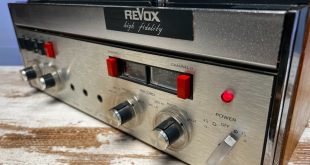A reel to reel tape machine was the hi-fi item that every music fan wanted in the 1960s and into the 1980s, but only a few could fit it into their budget. Not even the long-awaited confirmation money (for the Protestants among us) was enough to afford one of the trendy reel to reel tape recorders. One of the best machines of all times is the Revox A77 which was built in its four revision stages from 1967 to 1977. An original 1967 model, a Revox A77 MK I, was up for sale on Catawiki in April and went to a bidder from Germany for exactly 901 euros.
Revox A77 MkI – a retrospect
Weighing 15 kilograms and costing around 1500 deutschmarks at the time (1969), the A77 was a hefty investment. For those who now find that “ feels“ cheap, here’s a comparison: A VW Beetle 1200 was 4485 D-Mark at the time, and the average monthly income was around 1000 D-Mark. No wonder that most admirers of the Swiss engineering art could only press their noses flat against the window of their radio and television store to at least see the object of their desire in the original. And yet, in its ten years of production with four revision stages, more than 360,000 units were made. LowBeats sound and measurement engineer Jürgen Schröder, who discovered his passion for hi-fi with the Uher Report 4400 Stereo, also knew as a youngster that the A77 was „the best machine on the market“. Only he could not have it – at first. More about that later.
Listening to music was one of the most popular leisure activities for young people in the 1960s and 1970s. No wonder, then, that the North German Broadcasting Corporation (NDR) called one of its first youth music programs „Music for Young People. It ran for just one hour a day. Otherwise, „Congratulations and Music,“ „Schlager, Lieder & Chansons“ or „Country Radio“ dominated. For „young people“ it was therefore compulsory nationwide to record music programs from the radio, and presenters (yes, Thomas Gottschalk from Bayerischer Rundfunk, we’re looking at you!) who chatted in between during a piece were cursed. The purpose of a reel to reel tape recorder (or cassette recorder) was to own music that you couldn’t afford as a record, or that wasn’t commercially available. The index finger on the pause button, you waited anxiously for the next title, so as not to miss the beginning, or the end. In between, there was always the anxious look at the VU meter to make sure that there was no distortion or noise. Not everyone lived in a big city, but music over the airwaves could also be received in Pinneberg or Rosenheim. Of course, a hi-fi receiver was also needed, but in a pinch, an external microphone was also sufficient. The sound was far from optimal, but hey, you had „your favorite song“ (if mom wasn’t calling from the kitchen, or the presenter …). The A77 was also available with a built-in amplifier and speakers on request – practical. What made the A77 so special?
In contrast to conventional reel to reel machines, Revox did not rely on a repair-prone combination of felt disc friction clutches in the winding plates and pressure felts for the contact to the tape, but on three motors. One winding motor each on the left and right, as well as a tone shaft motor for the drive (by the way, from the German supplier Papst). In addition, the Revox A77 could also handle large 26.5 cm diameter reels, which doubled the playing time compared to the conventional 18 cm reels. Speeds of 9.5 cm/s and 19 cm/s were available. Another novelty for home use was that the A77, as a three-head reel to reel machine, had what is known as back-tape control. This meant that the quality of the recording could be checked (listened to) while it was still being recorded. A die-cast chassis that was never changed during the entire production run also ensured absolute torsional rigidity. LowBeats sound engineer Jürgen Schröder, who only got his hands on an A77 as a seasoned sound engineer, is still enthusiastic about the qualities that lie dormant in the machine: „Through targeted component replacement and careful calibration, a lot of signal-to-noise ratio and sound can still be extracted from the 77s from Revox. Older A models in particular still have plenty of room to maneuver due to their rather tame settings.“
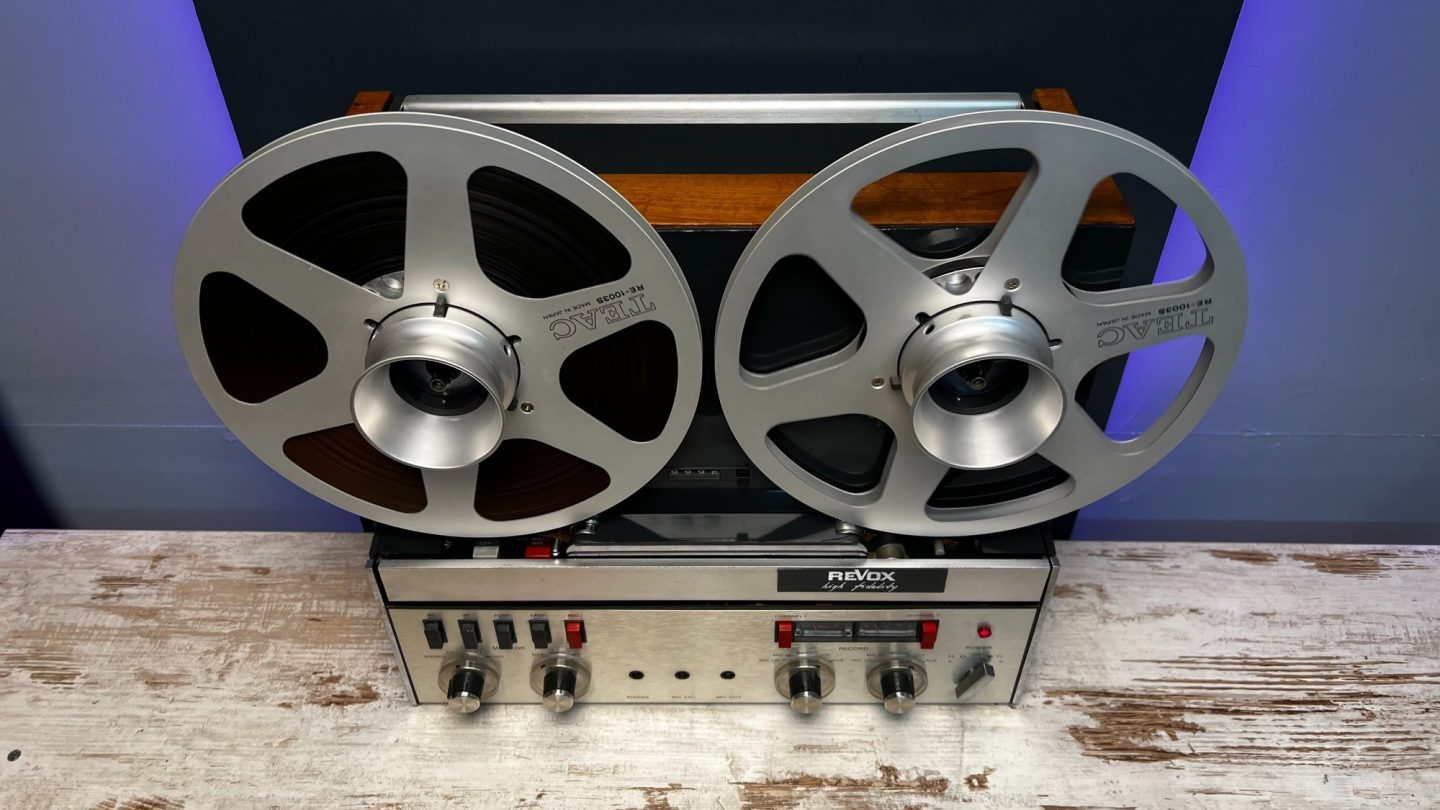
After more than 50 years since the first A77, the ravages of time are also gnawing away at some components. Apart from the normal wear and tear of mechanical components, the interference suppression capacitors made by the Swiss company RIFA are the biggest cause for concern. Even if there are still A77 MK Is running with the original components, it is advisable to replace them. We asked Michael Gieser from the Revox online store for advice and asked him what to look for when buying a Revox A77:
„There are few weak points of the Revox A77. The reel to reel tape machine is very robust and due to the simple technology, very durable. Nevertheless, there are many faulty and incorrectly maintained tape machines. Wrong or missing sinter bearing oil, which was bought cheaply on the bay, destroys the sinter bearing of the sound motors. The motors are then irretrievably broken. There are also tape machines that are worn out. The tone heads, the tape guide but also motors, trimmers and switches then tend to malfunction. One of the weak points, if you want to call it a weak point, is the missing drive logic, the missing query whether the winding motors have reached standstill. The winding characteristics are not as good as on the later Revox B77. When buying, the first impression is important. If the first impression is not right, turn back immediately. If the first hurdle is overcome, look at the head mirror. This should not be larger than 5 mm. New sound heads cost over 700.00 € a piece plus installation, plus calibration. But if the machine is technically in order, it can still shine with excellent sound characteristics. One would hardly believe how the A77 can perform.“
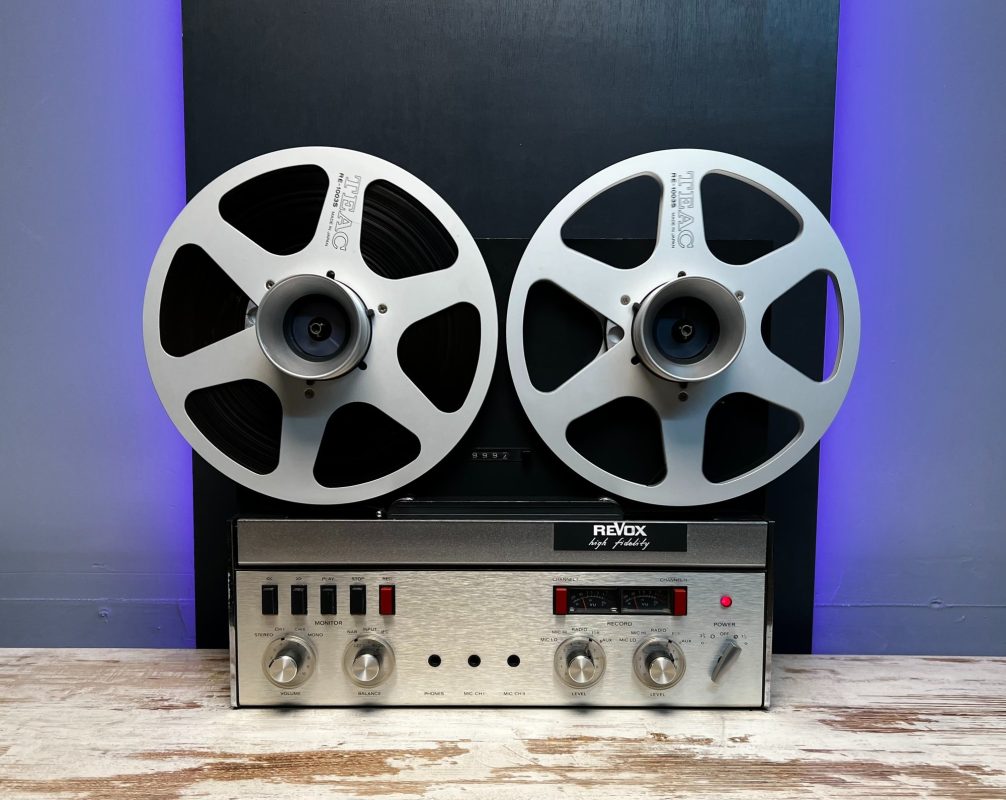
The Revox A77 was and is definitely a milestone of tape recorders in the HiFi segment. Its „genes“ from the professional sector made it expensive to buy, but it was basically an investment for life. Or as Revox described it in a 1975 US HiFi Stereo Review ad, „Built to last.“ You can leave it like that.
As described in the introduction, one of the first representatives of the A77 was on offer in April on „Catawiki“ the online (auction) marketplace for special objects. It was about the Revox A77 MKI, from 1967, as it was produced only from 1967 to 1969. A reel to reel tape machine with rarity value thus, besides still top restored, as Catawiki informed us. For example, the notorious RIFA interference suppression capacitors have been replaced by new, high-quality ones. Technically, the device is almost in new condition, as the responsible expert from Catawiki, Ariel Cabello, assured us. The A77 MK I was sold for 901 Euros.



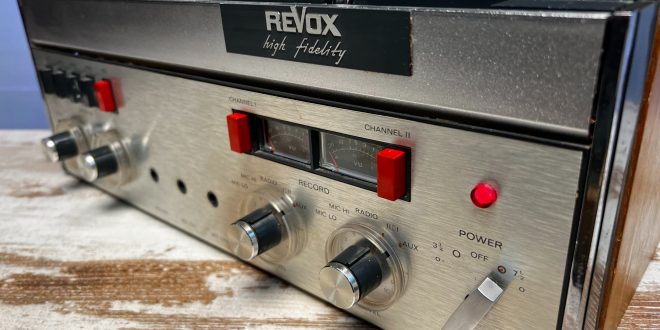
 DE
DE EN
EN